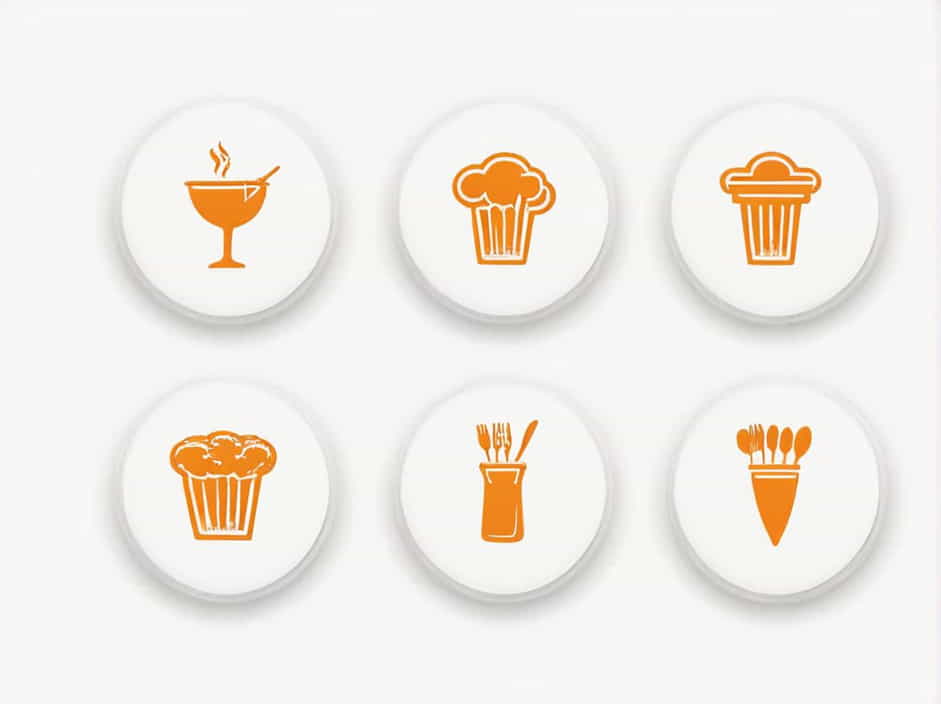Cooking involves a variety of techniques that enhance both the presentation and flavor of ingredients. One such term often encountered in French cuisine is “parer”. But what does it mean, and why is it important in cooking?
In this guide, we will explore the meaning of “parer,” its uses, and how it applies to different types of food preparation. Whether you’re a home cook or a professional chef, understanding this technique can elevate your culinary skills.
1. What Does “Parer” Mean in Cooking?
The French word “parer” means “to trim” or “to prepare” food by removing unwanted parts. This technique is commonly used in meat, fish, vegetables, and pastries to improve appearance, texture, and taste.
In professional kitchens, “parer” is an essential skill that ensures food is properly cleaned and ready for cooking or presentation.
2. Common Uses of “Parer” in Cooking
2.1. Parer Meat
When working with meat, paring refers to trimming away:
- Excess fat that can affect the texture.
- Tendons and sinew that may be tough and chewy.
- Unwanted skin for better presentation.
Example: In fine dining, chefs often parer a beef tenderloin before cutting it into fillets to remove silver skin and excess fat.
2.2. Parer Fish
For fish, paring involves:
- Removing scales and fins.
- Trimming unnecessary skin.
- Cutting away dark bloodlines for a cleaner taste.
Example: Before cooking a salmon fillet, chefs may parer the edges to ensure even cooking.
2.3. Parer Vegetables and Fruits
Paring vegetables and fruits is similar to peeling but more precise. It includes:
- Removing blemishes from potatoes, carrots, or apples.
- Cutting away hard stems and unwanted parts.
- Shaping ingredients for aesthetic appeal.
Example: In pastry making, chefs parer strawberries by cutting off their tops for a cleaner look in tarts.
2.4. Parer Pastries and Dough
In baking, “parer” can refer to:
- Trimming excess dough from pie crusts.
- Cutting puff pastry to ensure clean edges.
- Shaping cookies or cakes before baking.
Example: A pastry chef might parer a tart crust to ensure an even, professional appearance.
3. Tools Used for Paring
To efficiently “parer” ingredients, chefs use specialized tools:
3.1. Paring Knife
A paring knife is a small, sharp knife ideal for delicate trimming tasks. It provides precision when removing skin, blemishes, or unwanted fat.
3.2. Kitchen Shears
For certain meats and herbs, kitchen shears help with quick and clean trimming.
3.3. Peeler
A vegetable peeler is useful for removing thin layers of skin from vegetables and fruits before further paring.
3.4. Boning Knife
For meat and fish, a boning knife helps remove sinew and unwanted parts efficiently.
4. The Importance of Paring in Cooking
4.1. Improves Presentation
Trimming food ensures a clean and professional appearance, making dishes look more appetizing.
4.2. Enhances Flavor and Texture
Removing excess fat, sinew, or bitter parts improves the taste and mouthfeel of food.
4.3. Ensures Even Cooking
Paring helps ingredients cook more evenly, preventing tough or undercooked sections.
4.4. Reduces Waste
By trimming only unnecessary parts, paring maximizes usable portions of food.
5. Paring vs. Peeling: What’s the Difference?
While paring and peeling seem similar, they are different techniques:
| Paring | Peeling |
|---|---|
| More precise, removing blemishes and unwanted parts. | Removes only the outer skin or layer. |
| Uses a paring knife for detailed work. | Uses a peeler for quick skin removal. |
| Common in meat, fish, vegetables, and pastries. | Common in fruits and vegetables. |
Example: Peeling a potato removes the skin, while paring removes blemishes and trims edges.
6. Tips for Mastering Paring Techniques
- Use a sharp knife for precision and safety.
- Hold the food securely to avoid slipping.
- Trim in small sections for better control.
- Follow the natural shape of the ingredient when trimming.
The term “parer” in cooking refers to the important technique of trimming and preparing ingredients for better presentation, flavor, and texture. Whether you are working with meat, fish, vegetables, or pastries, mastering paring techniques can improve your cooking skills and dish quality.
With the right tools and methods, you can apply this professional approach in your kitchen and elevate your culinary creations.
